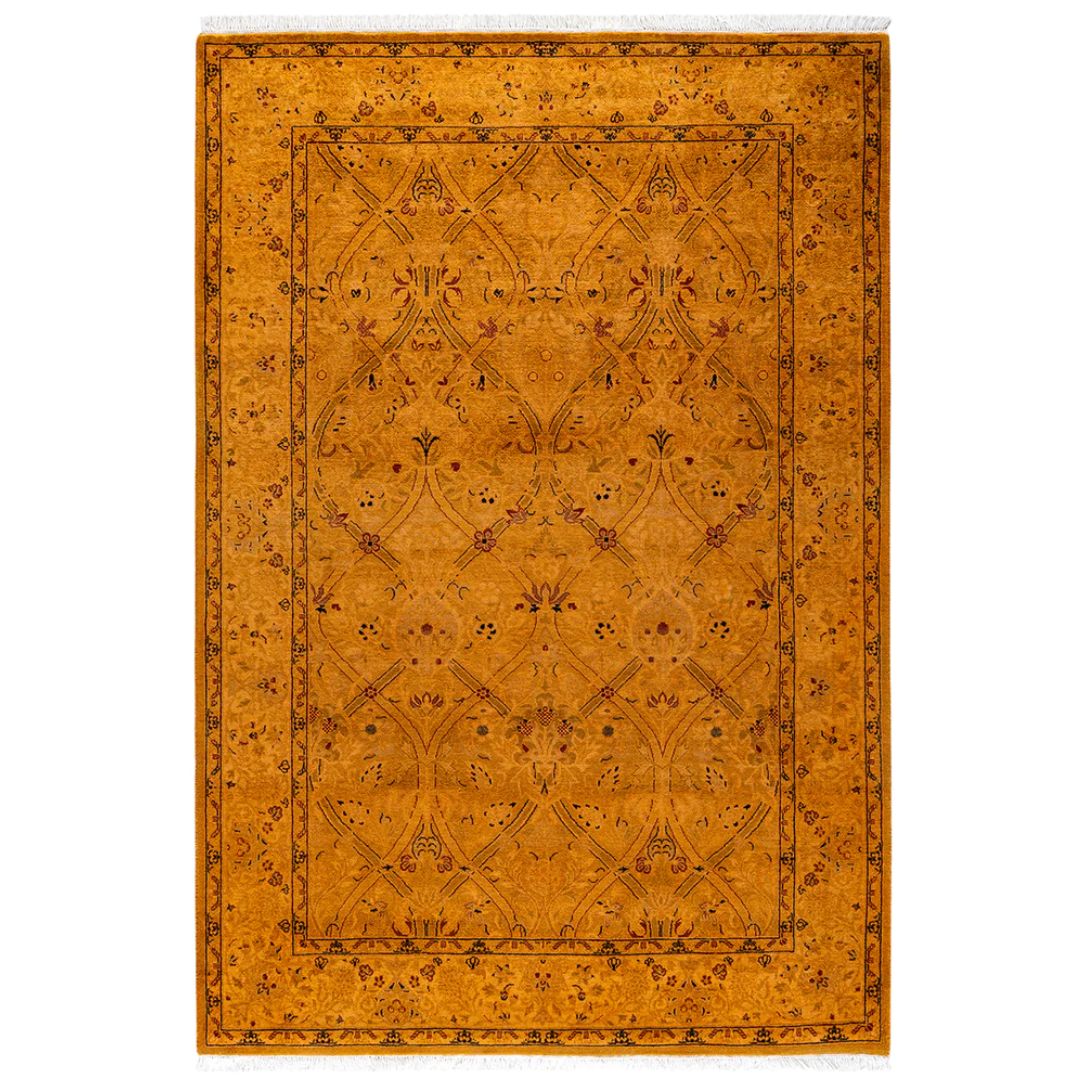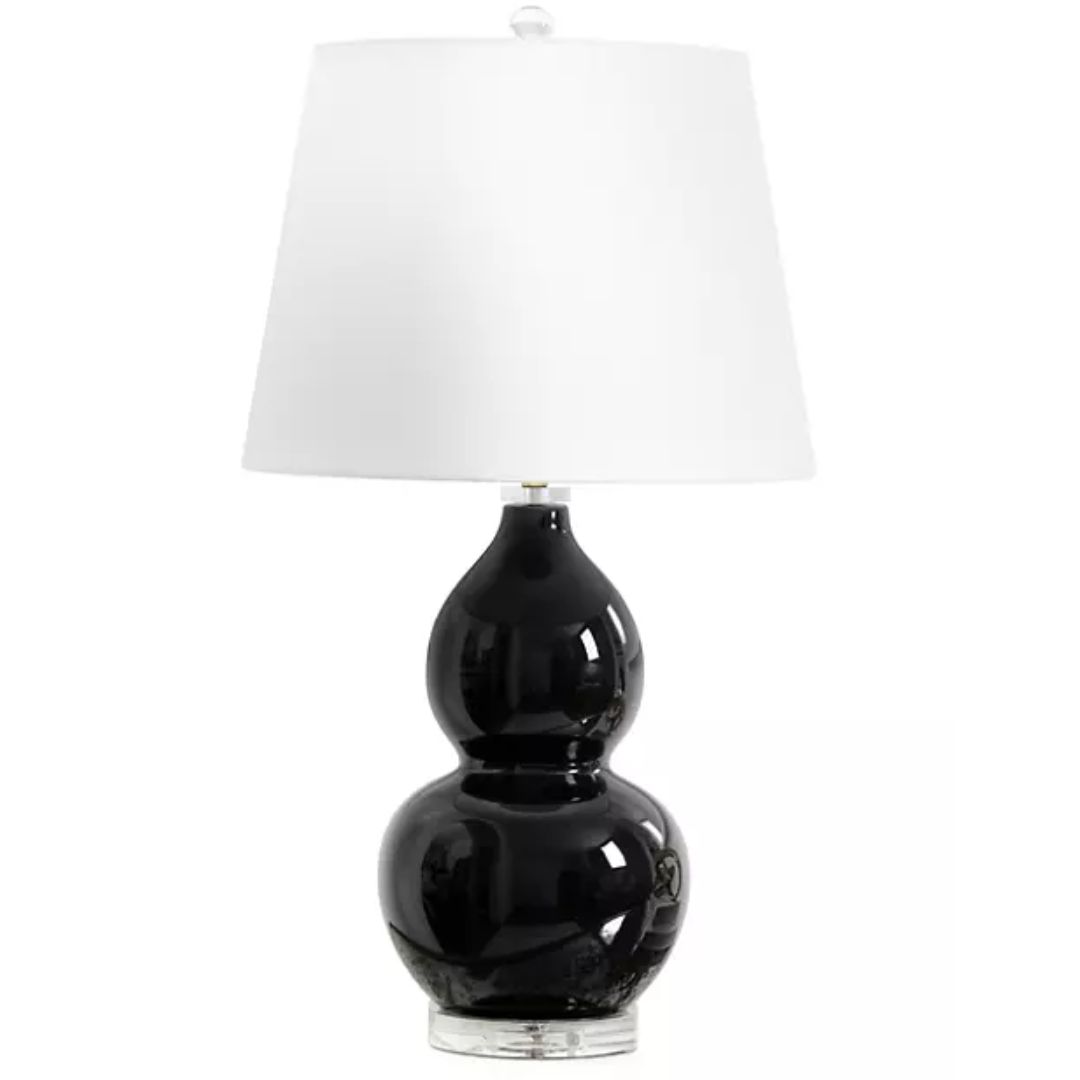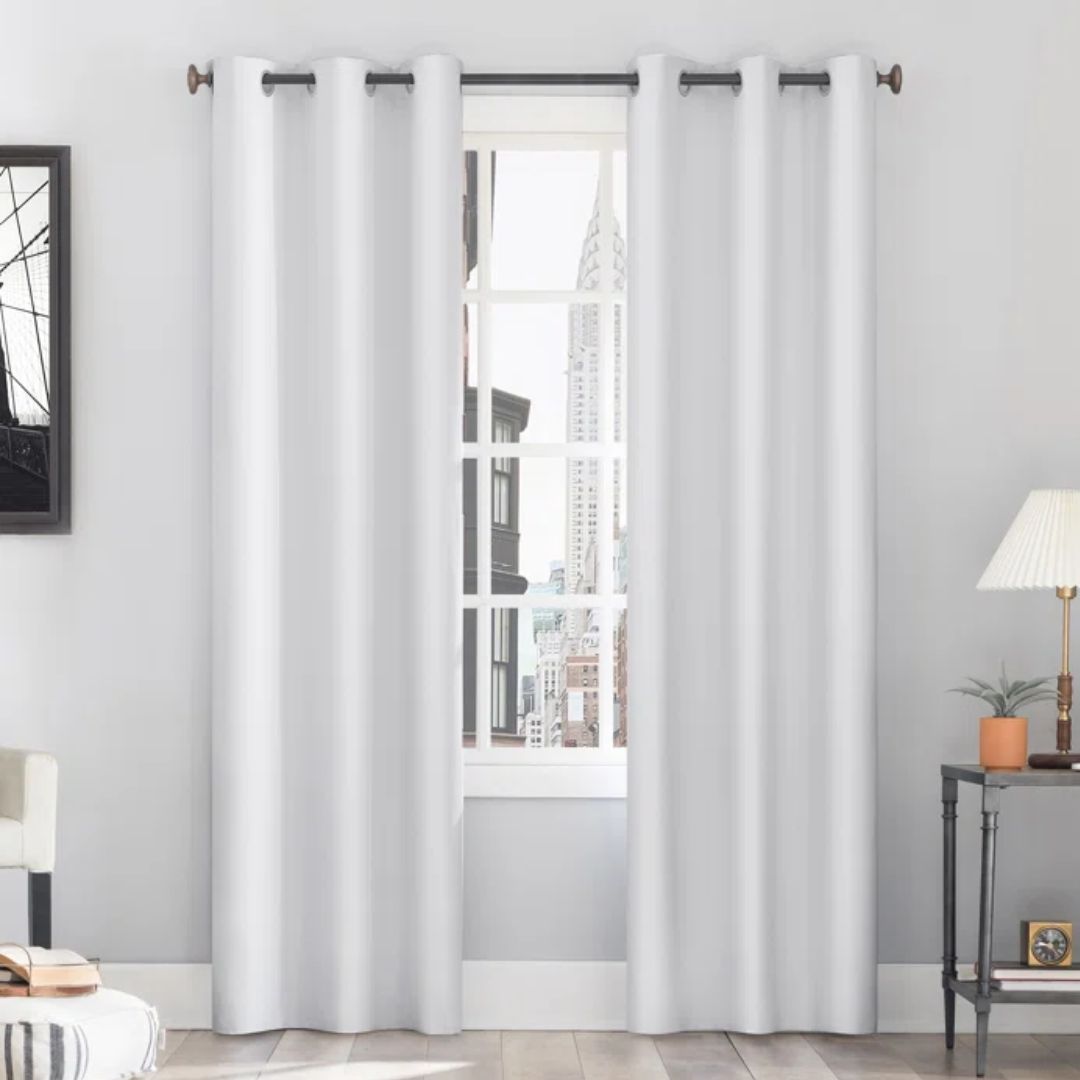How to Keep an Entryway Feeling Warm - 5 Tricks to Try That Don't Include Turning on the Heating
Entryways can feel chilly at this time of year, but - heaters aside - you can cozy up the entrance with clever design elements
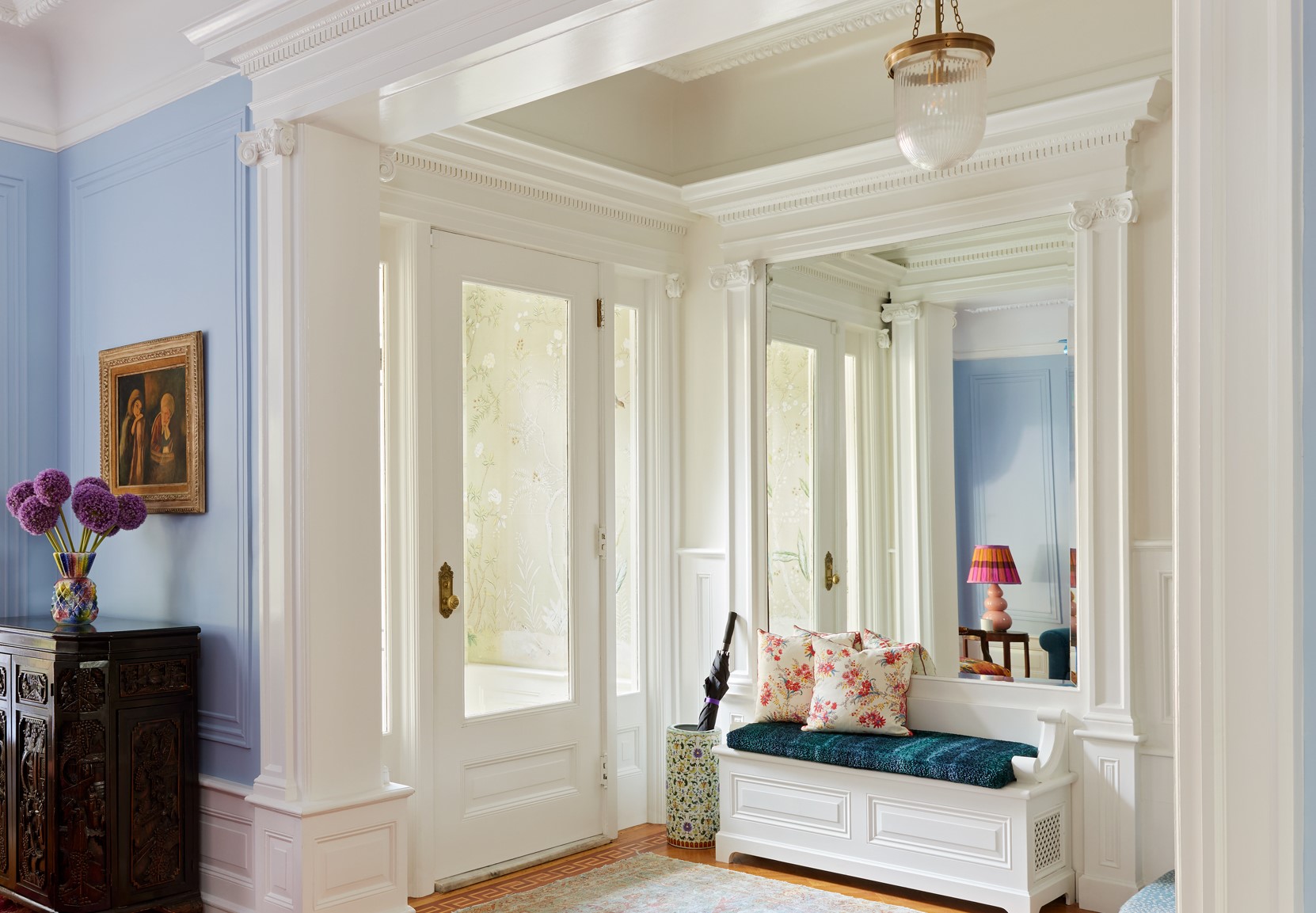

If there's anywhere in the home that's going to feel cold in the winter months, it's your entryway. The best ones are an airlock to the wintery weather outside, but most of these spaces can't help but let the cold air in - a drafty front door and big windows means it can become frigid pretty quickly.
However, there are ways to warm up an entryway that don't rely on cranking up the heating, whether by physical measures like draft-proofing, or by using design to create an entrance that feels warm and inviting, not cold and dreary.
These are the 5 entryway ideas to try.
1. Install thermal draperies to the entryway windows
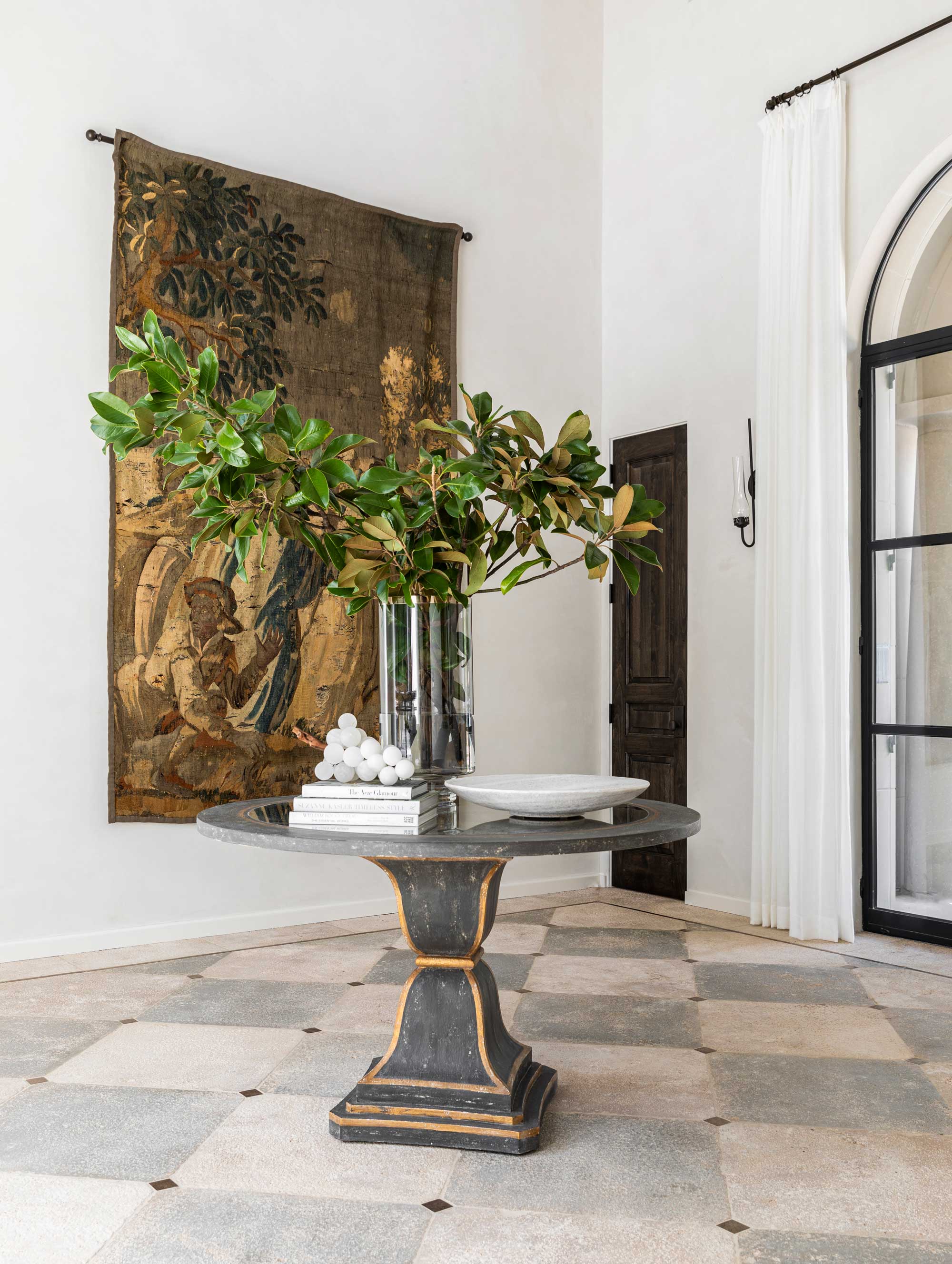
A great way to make the entryway cozy is by focusing on the window treatments. By barricading it against the cold winds and drafts, you can immediately make the entrance feel snug. While installing shutters or blinds could take up some budget, there are always curtains.
'Thermal draperies can provide significant insulation for drafty old windows, like the ones in my own home, which are 130 years old,' says Bethany Adams, founder of Bethany Adams Interiors. 'If you have the budget for custom draperies, your workroom can add a thermal interlining to them for maximum coziness.
Beware though, that drapes with both a lining and interlining are usually extremely heavy. Make sure your drapery rods are properly anchored into the walls to support the weight (many installers refuse to install rods into old brick walls). If you are looking for a budget-friendly option, select thermal blackout liners in the appropriate length and simply hang them behind your existing panels.'
2. Layer up the space with a rug
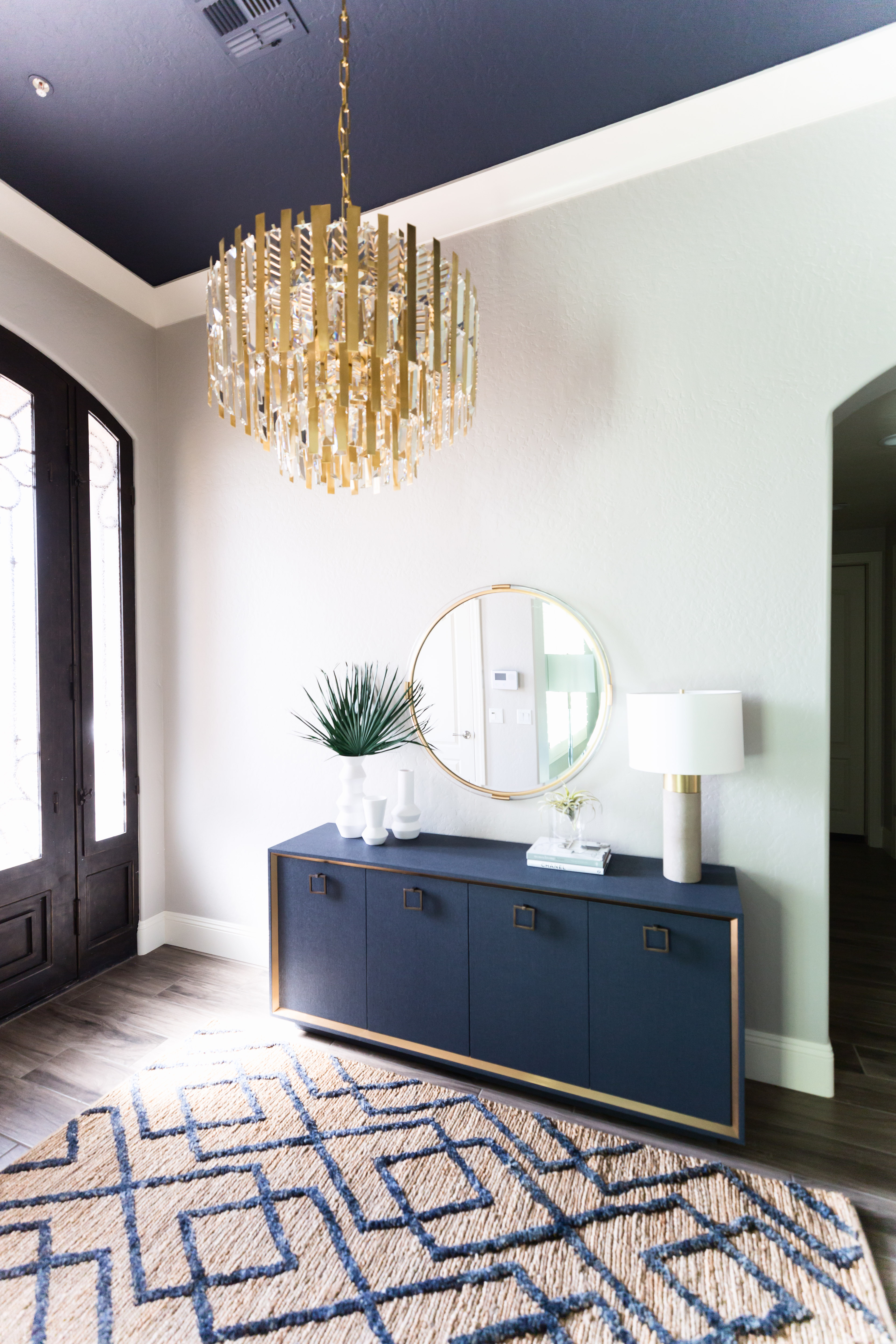
During the cold months, one of the things every entryway should have is a rug. Not only do these add texture, color, and layering to the room, but they also lay the grounds for a cocooning, soft, and warm interior.
The Livingetc newsletters are your inside source for what’s shaping interiors now - and what’s next. Discover trend forecasts, smart style ideas, and curated shopping inspiration that brings design to life. Subscribe today and stay ahead of the curve.
'Rugs work wonders to warm up a room, both literally and visually,' says Bethany. 'Cold floors are no match for a good quality wool rug and don't forget the pad, which can add another layer of insulation. Thicker, fluffier rugs like a sheepskin or shag rug or even a thickly braided one, soften a room and make you feel 'warm' just by looking at their obvious coziness. On stone floors, a shaggy rug is a must!'
3. Introduce lamps with shades
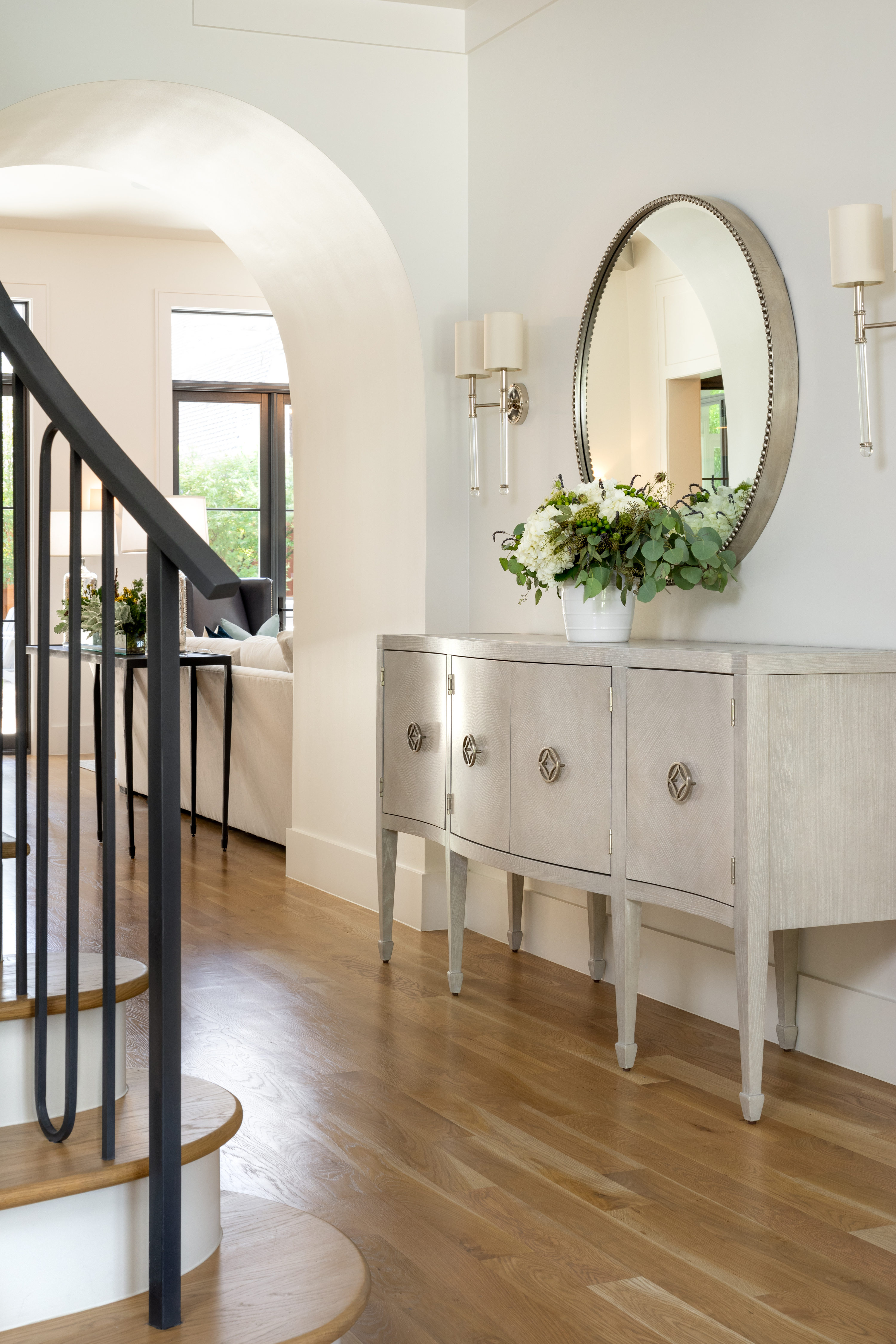
The right entryway lighting will not only make spaces less dreary, it can definitely make them feel warmer, too.
'Lights that have shades can help with warming a space, as this diffuses the color and brightness of the light, making it feel more like the glow of a candle,' says Jane Lockhart, founder of Jane Lockhart Design. 'If you have overhead lights, switch the color temperature of the fixture or bulb. If you change these to 2700K to 3000k, the color of the light will be warmer than 4000k and up. The higher you go, the cooler the light becomes.'
4. Choose doors and windows that draftproof
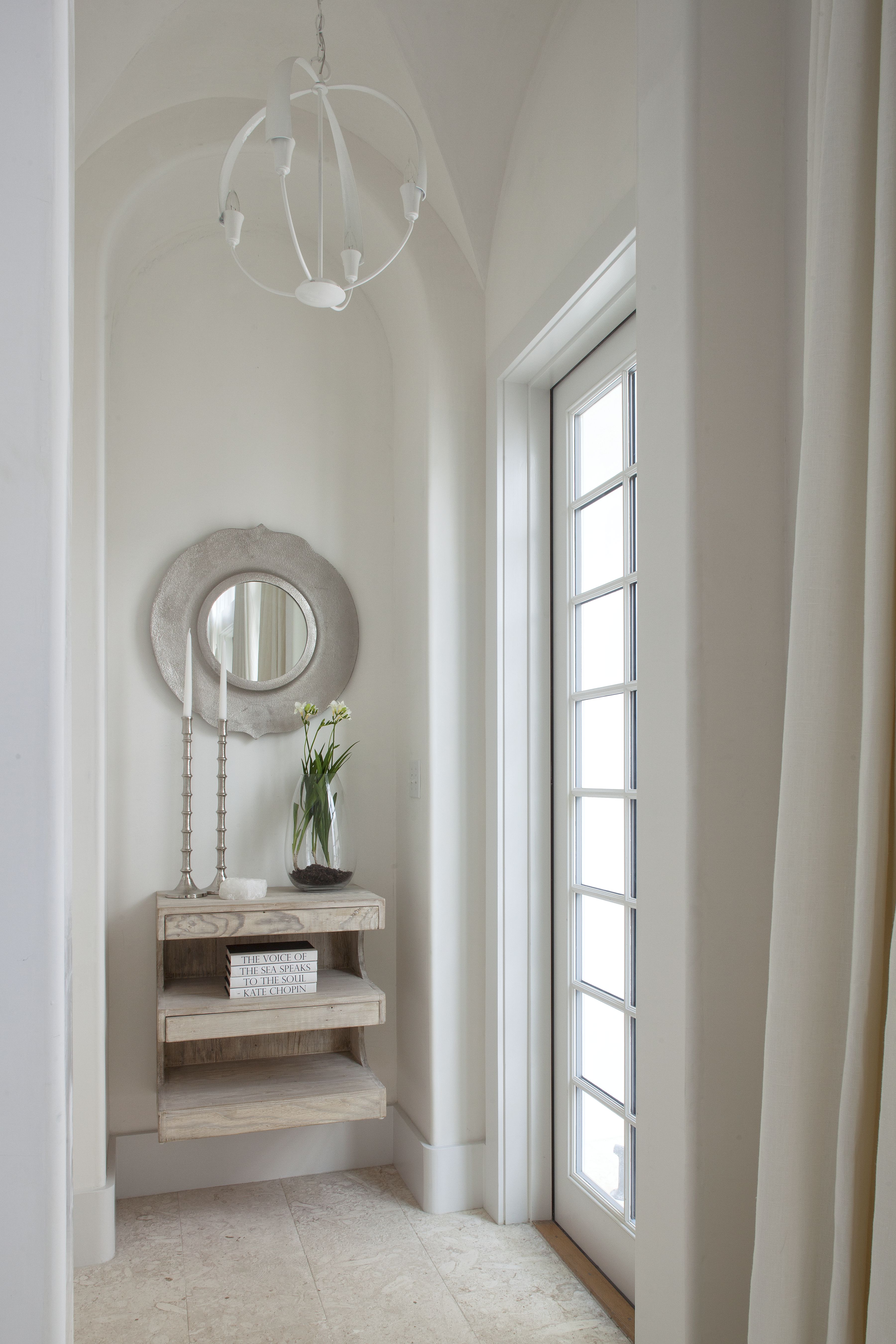
Modern window treatments aside, consider investing in insulated, high-quality doors and windows that will last you decades and always keep your home toasty. Once these are in place, you don't need blackout curtains, blinds, or other paraphernalia to warm up the home. These will provide enough protection and always allow sunlight to seep in.
'High-grade windows help to insulate a home, so if you have the option, be sure to invest in these,' says Jane. 'In addition, drapery can be a big help in keeping windows warmer. Adding any kind of weather stripping on doors can assist in curbing drafts, as can adding a rolled-up towel at the base of a door until you’ve had the chance to add the weather stripping.'
5. Consider a dark paint color

White is not always the best color for entryways during winter when it's cold and dreary. Dark colors absorb light and create a moody atmosphere that looks and feels cocooning and cozy, where white can look grey and drab.
'If the room is dark and it’s a calculated decision to embrace its lack of light, then paint it a dark tone,' says Amy Krane, architectural color consultant and founder of Amy Krane Color. 'I endorse this approach on occasion. I’d add a lot of other colors to the decor to keep it lively. A large room with dark grey walls and matching dark grey trim can look great as long as you've got a lot of light.'
3 products to warm up the entryway

Aditi Sharma Maheshwari started her career at The Address (The Times of India), a tabloid on interiors and art. She wrote profiles of Indian artists, designers, and architects, and covered inspiring houses and commercial properties. After four years, she moved to ELLE DECOR as a senior features writer, where she contributed to the magazine and website, and also worked alongside the events team on India Design ID — the brand’s 10-day, annual design show. She wrote across topics: from designer interviews, and house tours, to new product launches, shopping pages, and reviews. After three years, she was hired as the senior editor at Houzz. The website content focused on practical advice on decorating the home and making design feel more approachable. She created fresh series on budget buys, design hacks, and DIYs, all backed with expert advice. Equipped with sizable knowledge of the industry and with a good network, she moved to Architectural Digest (Conde Nast) as the digital editor. The publication's focus was on high-end design, and her content highlighted A-listers, starchitects, and high-concept products, all customized for an audience that loves and invests in luxury. After a two-year stint, she moved to the UK and was hired at Livingetc as a design editor. She now freelances for a variety of interiors publications.
